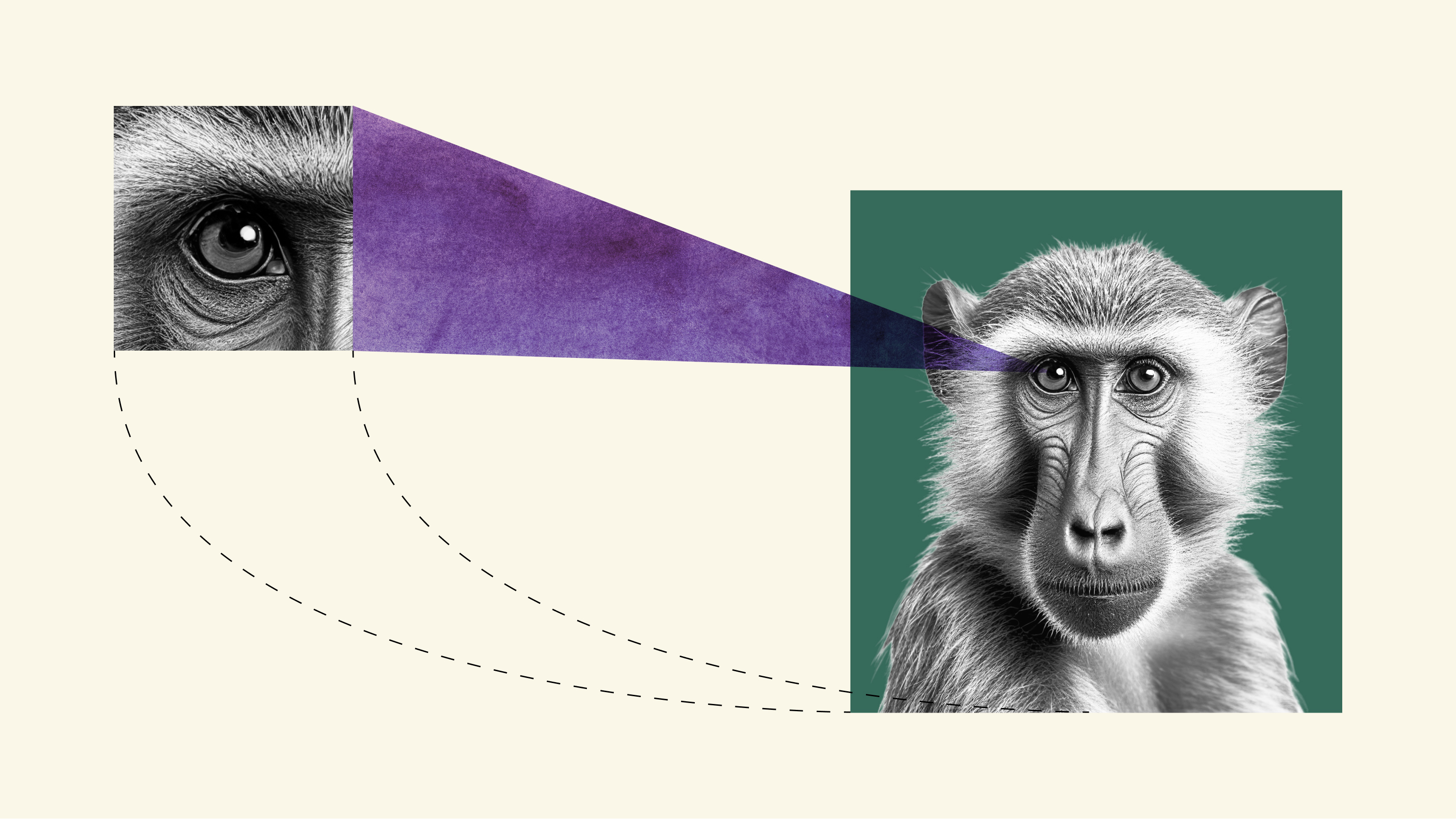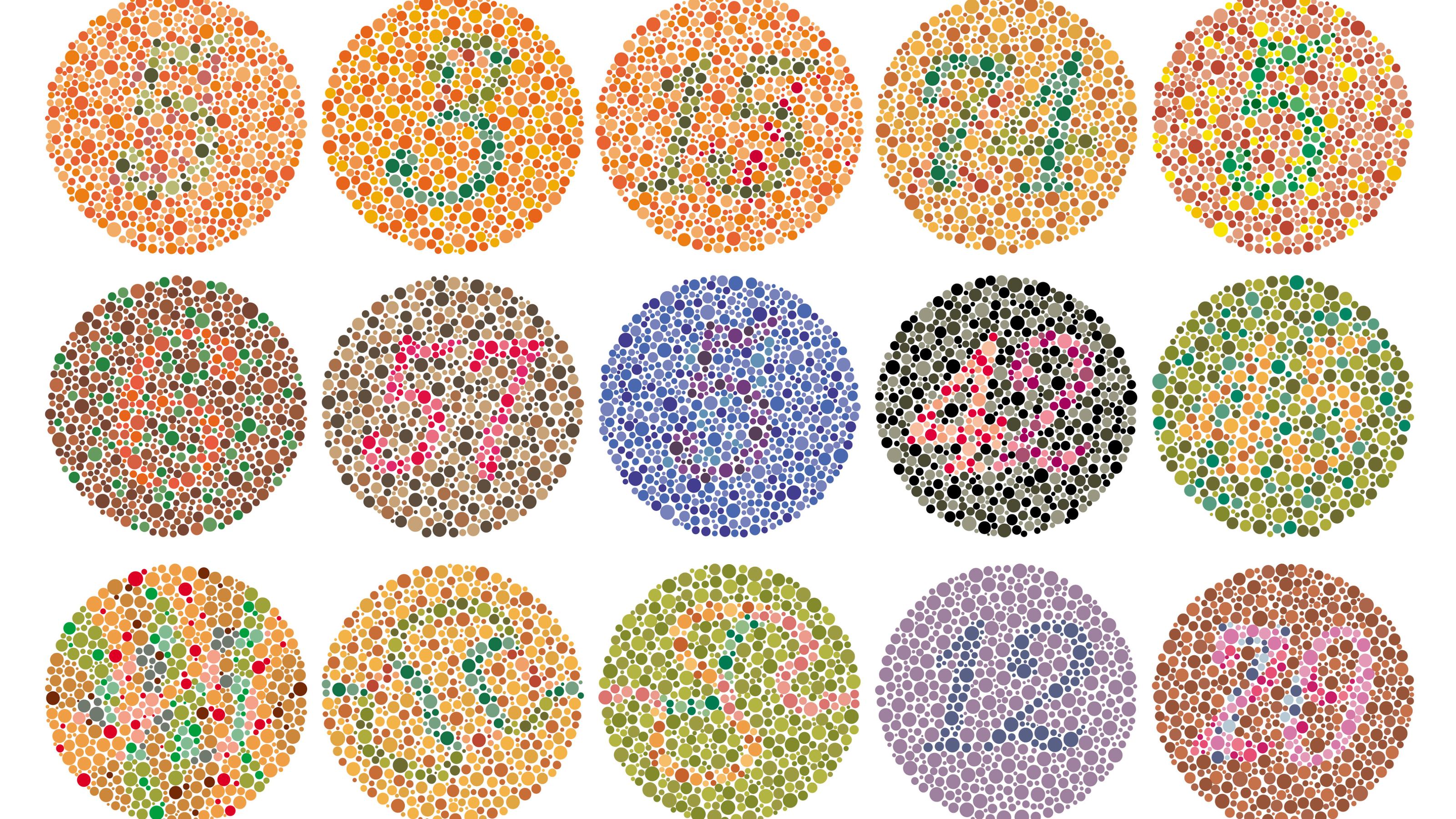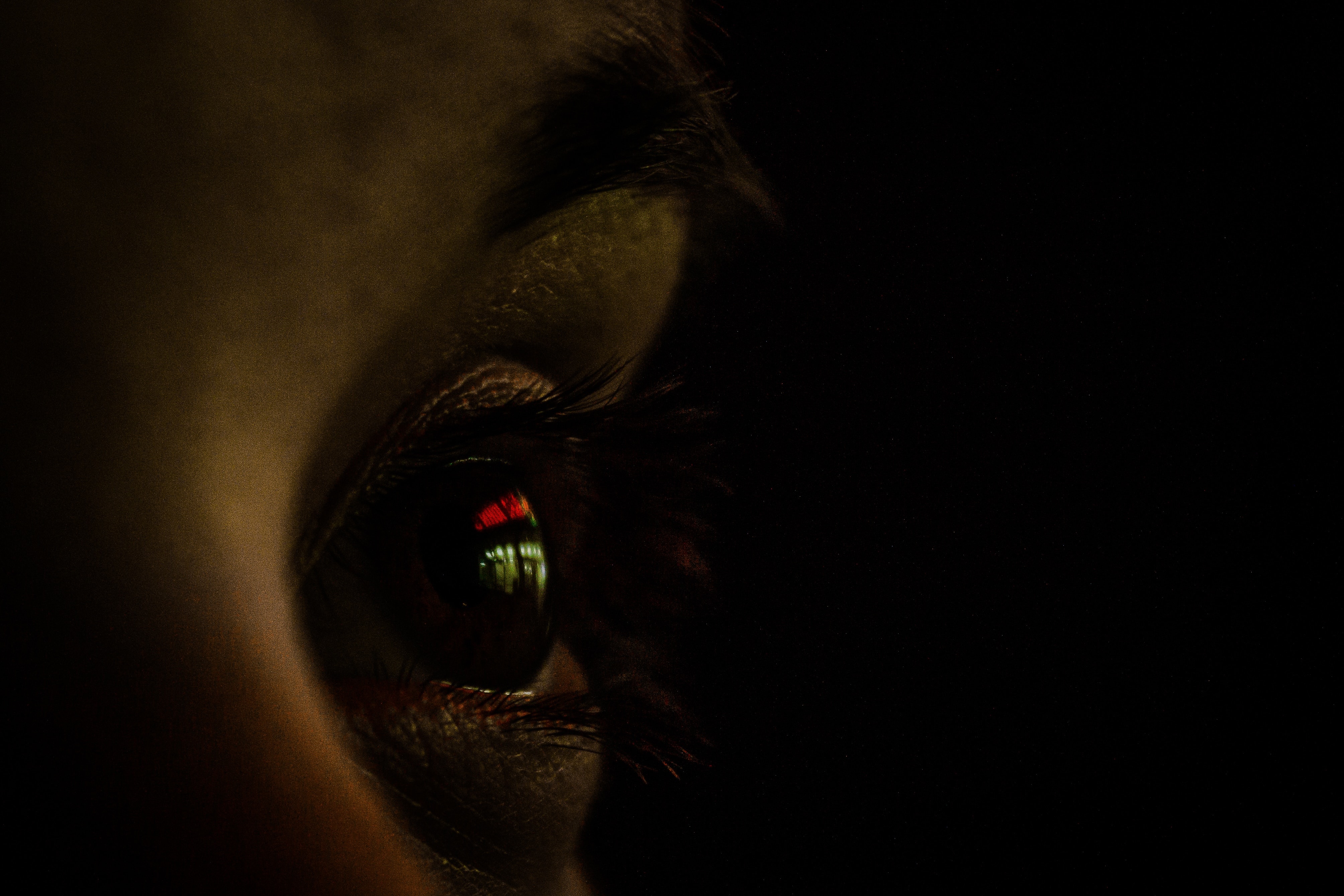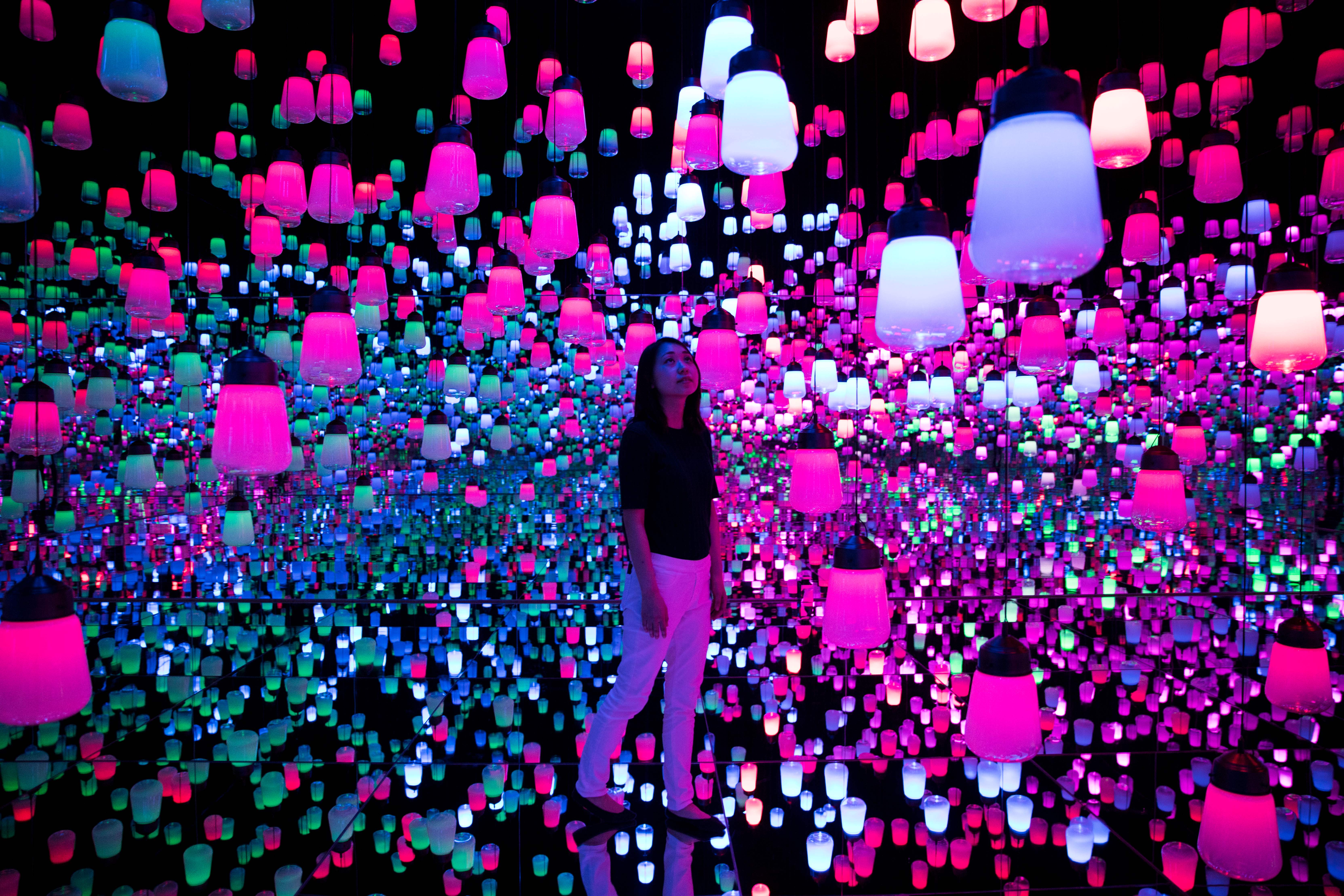Scientists restore vision in blind mice using gold and titanium nanowire arrays

A team of scientists in China just took a big step toward developing technology that could one day restore vision to the blind.
Researchers at Fudan University and the University of Science and Technology of China recently published a paper in the journal Nature Communicationsthat outlines how they used artificial photoreceptors to restore vision to blind mice.
Photoreceptors are structures that translate light into neural signals for the brain. They’re able to do this because they contain chemicals that change when hit with photons, which produces an electrical signal that’s sent to the brain along the optic nerve.
For the study, the team genetically engineered a group of mice to develop progressively degraded photoreceptors, similar to eye diseases like retinitis pigmentosa and macular degeneration in humans. This left the mice’s eyes and visual processing systems intact but rendered visual signals unable to reach the brain.

This illustration from the paper shows, from left to right, an eye, a retina with healthy photoreceptors, and a retina with a nanowire array.
Researchers then replaced the degraded photoreceptors with artificial ones made from tiny nanowire that was “decorated” with gold nanoparticles. This material was chosen by researchers because of its “high surface areas, large charge transport mobility, excellent biocompatibility and stability.”
Like natural photoreceptors, these nanowire arrays were placed in physical contact with retinal cells and were able to transport electrical impulses to the visual cortex. The team verified this by measuring activity in the mice’s visual cortexes after shining light onto their eyes, and by observing dilation in their pupils.
Compared to mice in the control group, the once-blind mice were able to respond to light of similar intensity, though their artificial photoreceptors could only sense green, blue and light near ultraviolet spectrum. Of course, it’s impossible to say for sure what the mice were seeing.
The technique used in the study was experimental, and even if it’s proven to be safe and effective for humans, it’ll take years before it’s available to the wider public. Still, the results suggest hope for the idea that medical devices may one day restore vision to people for whom it’s slipped away.





